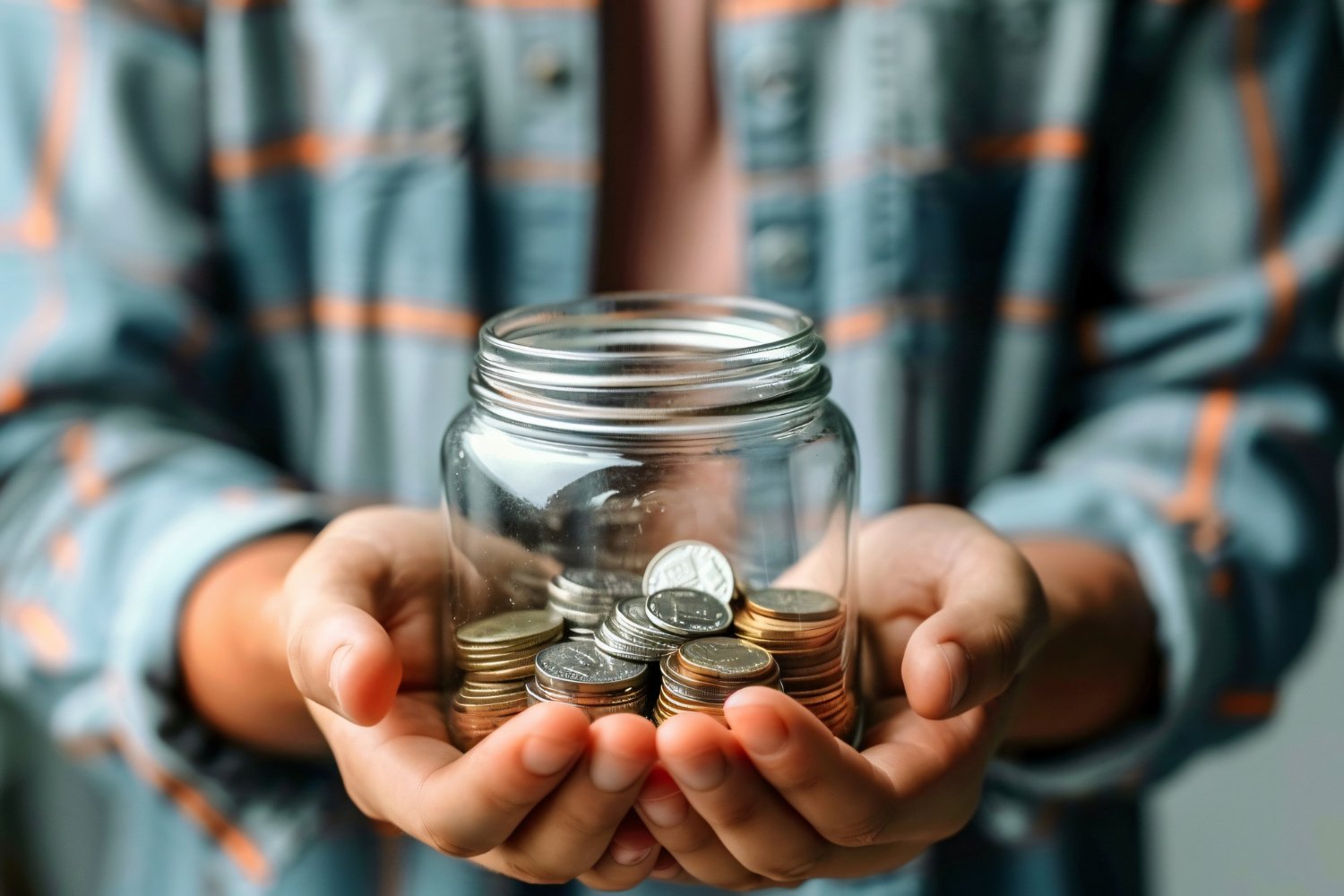Introduction
Imagine your car suddenly breaks down, or you get a surprise medical bill. These things can happen when you least expect them, and they can be really stressful if you don’t have money set aside for emergencies. That’s where an emergency fund comes in. An emergency fund is money that you save just for these unexpected problems. In this blog post, we’ll explain why having an emergency fund is so important and how you can build one step by step.
Why You Need an Emergency Fund
- Unexpected Expenses Can Happen Anytime
Life is full of surprises. Some of these surprises are good, like finding a $20 bill in your coat pocket. But some are not so fun, like your car breaking down or a family member getting sick. When these things happen, they often cost money. If you have an emergency fund, you won’t have to worry about where the money will come from. You’ll already have it saved up.
- Protects You from Going into Debt
If you don’t have an emergency fund, you might need to use a credit card or borrow money to pay for unexpected costs. This can lead to debt, which means you’ll owe money and have to pay it back with interest. By having an emergency fund, you can avoid going into debt because you’ll have the money you need already saved.
- Reduces Stress
Worrying about money can be very stressful. If you have an emergency fund, you can feel more relaxed because you know you have money saved for those “just in case” moments. This can make you feel more secure and less worried about what might happen in the future.
- Helps You Stay on Track with Your Goals
When unexpected costs come up, they can mess up your budget and make it hard to reach your goals, like saving for a vacation or buying a new gadget. An emergency fund helps keep your budget on track because you have extra money set aside for emergencies. This way, you won’t have to use the money you’re saving for your goals.
How to Build an Emergency Fund
- Set a Goal
The first step in building an emergency fund is to decide how much money you want to save. A good rule of thumb is to aim for 3 to 6 months’ worth of expenses. This means you should save enough to cover all your regular bills and costs for 3 to 6 months. For example, if you spend $2,000 a month, your goal should be between $6,000 and $12,000.
- Start Small
Building an emergency fund can seem like a big task, but you don’t have to save all the money at once. Start with a small amount and gradually increase it. Even saving a little bit each month adds up over time. For example, if you save $50 a month, you’ll have $600 saved in a year.
- Open a Separate Savings Account
It’s a good idea to keep your emergency fund in a separate savings account, so you don’t accidentally spend it. Look for a savings account with a good interest rate, so your money can grow over time. Many banks offer special savings accounts for emergency funds.
- Make Saving a Habit
To make sure you keep building your emergency fund, set up automatic transfers from your checking account to your savings account. You can choose a specific amount of money to transfer each month, like $100. By making saving automatic, you won’t have to think about it, and you’ll be less tempted to spend the money.
- Cut Unnecessary Expenses
If you want to build your emergency fund faster, look for ways to cut back on your spending. This doesn’t mean you have to stop having fun, but you can find small changes to make, like cooking more meals at home instead of eating out or canceling subscriptions you don’t use. Use the extra money you save to add to your emergency fund.
- Look for Extra Income
Another way to boost your emergency fund is to find extra ways to earn money. You could take on a part-time job, do freelance work, or sell items you no longer need. Any extra money you make can go directly into your emergency fund.
- Track Your Progress
Keep track of how much money you’ve saved and how close you are to reaching your goal. You can use a simple spreadsheet or a savings app to monitor your progress. Seeing how your savings grow can be motivating and help you stay focused on your goal.
- Adjust as Needed
Sometimes, life changes, and your emergency fund goal might need to change too. If your expenses increase, you might need to save more. If you face unexpected expenses and use some of your emergency fund, adjust your savings plan to replenish it. Flexibility is important to keep your fund effective.
Conclusion
Having an emergency fund is like having a safety net for life’s unexpected events. It protects you from going into debt, reduces stress, and helps you stay on track with your financial goals. By setting a goal, starting small, opening a separate account, making saving a habit, cutting expenses, finding extra income, tracking your progress, and adjusting as needed, you can build an emergency fund that will help you feel more secure and prepared for whatever comes your way.
Remember, the key is to start today, no matter how small. Every bit you save adds up and brings you closer to financial peace of mind. So, begin building your emergency fund now and enjoy the comfort of knowing you’re ready for life’s surprises!
